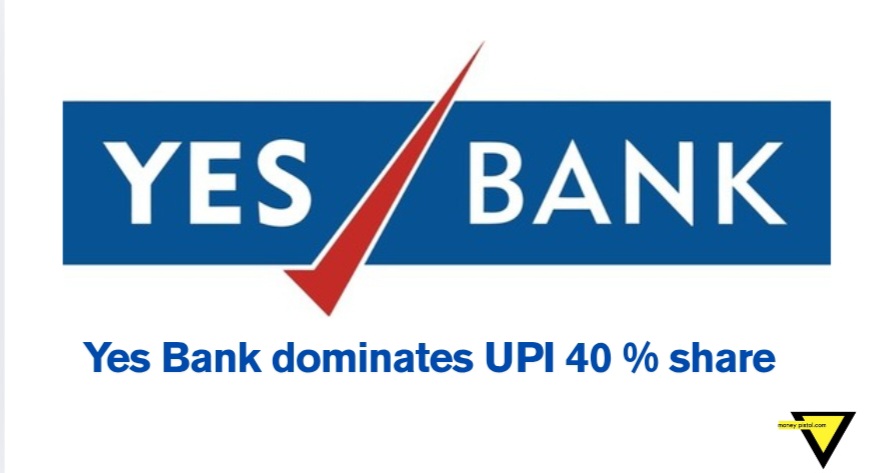How Four Banks Dominate UPI Beneficiary Payments: YES Bank Leads with 40% Share
Yes Bank dominates UPI 40% share . Unified Payments Interface (UPI) has become the backbone of India’s digital payment ecosystem, facilitating billions of transactions each month. While third-party apps like PhonePe and Google Pay grab headlines as consumer-facing platforms, a lesser-known but critical role is played by beneficiary banks—the banks that receive UPI payments on behalf of merchants.economictimes.in
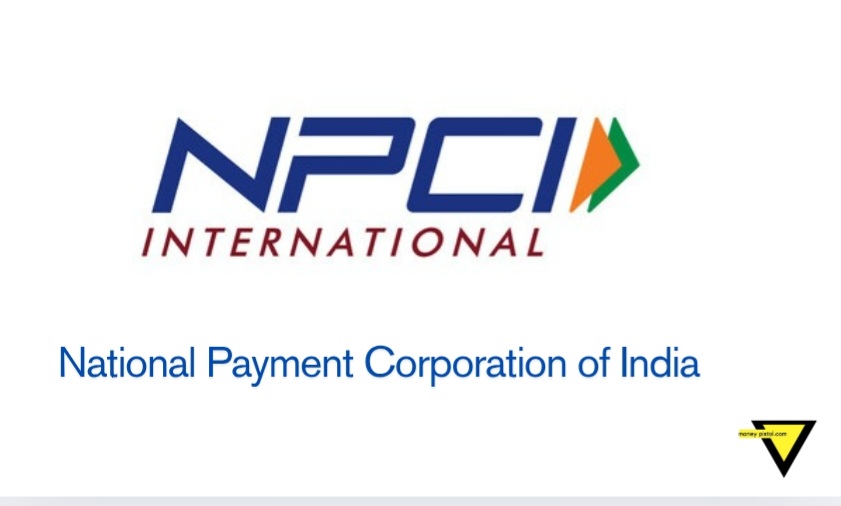
According to data from the National Payments Corporation of India (NPCI), which operates UPI, four private sector banks handle almost 60% of all UPI beneficiary transactions. These banks are YES Bank, HDFC Bank, ICICI Bank, and Axis Bank. Among them, YES Bank has emerged as the clear leader, commanding an impressive 40% share of this segment—a figure that has doubled over the past two years.
NPCI classifies these institutions as “beneficiary banks,” meaning they are responsible for receiving UPI payments. A significant portion of these transactions are merchant payments, where a customer transfers funds directly to a merchant’s account using UPI.
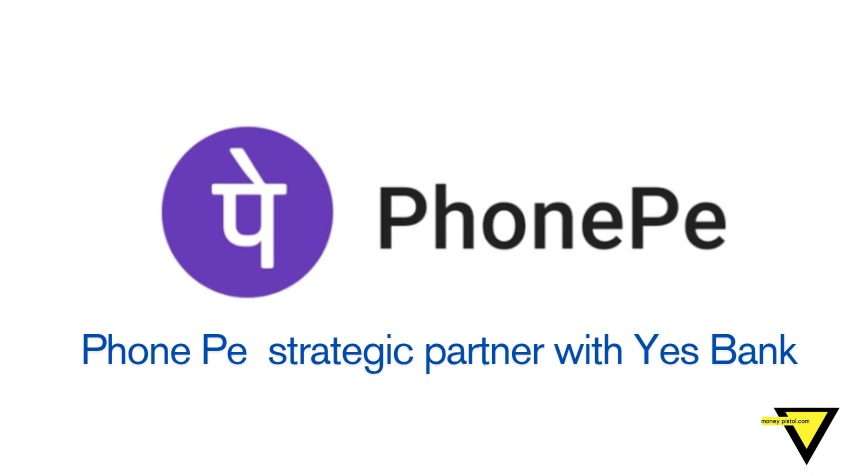
Industry insiders point to YES Bank’s strategic partnerships as a key factor behind its dominance to dominate 40 % in UPI . The bank is the primary payee service provider for PhonePe, one of India’s largest UPI apps. Additionally, after the Reserve Bank of India (RBI) shut down Paytm Payments Bank’s operations in early 2024, many of its merchants migrated to YES Bank. This consolidation has solidified YES Bank’s position as a go-to beneficiary bank for major fintech platforms.
In its March 2025 financial results, YES Bank reported that four out of the six largest UPI apps now use its services for merchant payments. The bank claims to process an astounding 318 million UPI transactions daily.
“When a consumer makes a UPI payment to a merchant, the money first lands in an escrow account managed by the merchant’s bank. That’s where YES Bank comes in. Many fintech platforms prefer YES Bank for this backend service, which explains its disproportionate share,” said the founder of a digital payment startup, speaking on condition of anonymity.
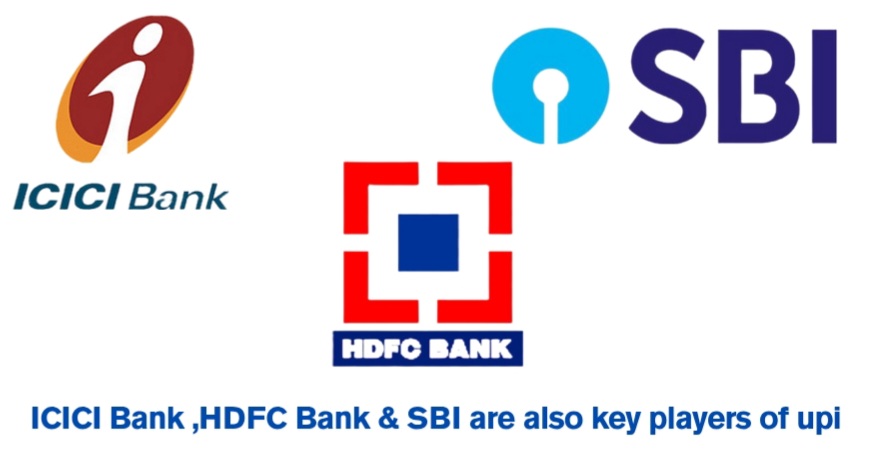
Axis Bank has also made significant inroads, growing its share of incoming UPI payments to around 10%. Meanwhile, HDFC Bank and ICICI Bank maintain steady volumes, contributing to the overall 60% share held by these four banks.
Interestingly, the concentration seen among beneficiary banks does not mirror the banks through which customer transactions originate. In this ecosystem, public sector giant State Bank of India (SBI) holds the largest market share at 25%, driven primarily by its vast customer base. Other private sector banks hold between 5% and 8% market share each, indicating a much more diffused distribution on the originating side.
Why does this concentration matter? The answer lies in revenue generation. Banks earn fees from handling merchant transactions, and capturing a larger share of merchant payments presents a significant business opportunity. It also helps banks strengthen their ties with large fintech companies, positioning themselves as indispensable players in India’s rapidly evolving digital payments landscape.
As UPI continues to grow and mature, the behind-the-scenes role of beneficiary banks like YES Bank, HDFC Bank, ICICI Bank, and Axis Bank is becoming increasingly important—shaping not just the flow of money, but also the competitive dynamics of India’s financial sector.
Unified Payments Interface (UPI) has become the backbone of India’s digital payment ecosystem, facilitating billions of transactions each month. While third-party apps like PhonePe and Google Pay grab headlines as consumer-facing platforms, a lesser-known but critical role is played by beneficiary banks—the banks that receive UPI payments on behalf of merchants.
According to data from the National Payments Corporation of India (NPCI), which operates UPI, four private sector banks handle almost 60% of all UPI beneficiary transactions. These banks are YES Bank, HDFC Bank, ICICI Bank, and Axis Bank. Among them, YES Bank has emerged as the clear leader, commanding an impressive 40% share of this segment—a figure that has doubled over the past two years.
NPCI classifies these institutions as “beneficiary banks,” meaning they are responsible for receiving UPI payments. A significant portion of these transactions are merchant payments, where a customer transfers funds directly to a merchant’s account using UPI.
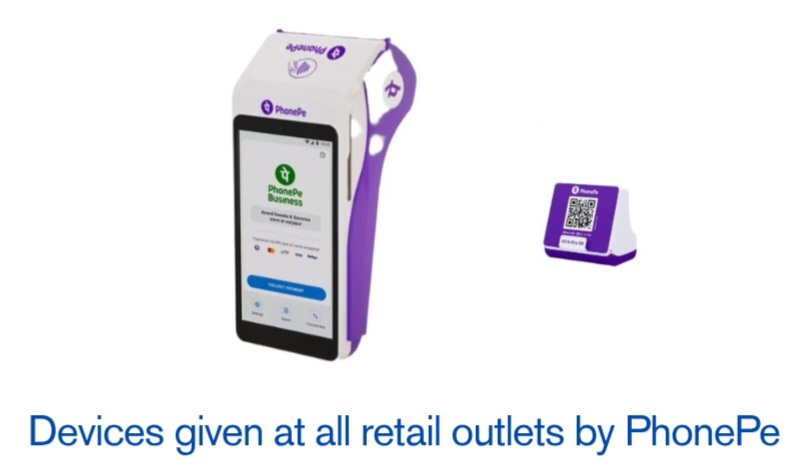
Industry insiders point to YES Bank’s strategic partnerships as a key factor behind its dominance. The bank is the primary payee service provider for PhonePe, one of India’s largest UPI apps. Additionally, after the Reserve Bank of India (RBI) shut down Paytm Payments Bank’s operations in early 2024, many of its merchants migrated to YES Bank. This consolidation has solidified YES Bank’s position as a go-to beneficiary bank for major fintech platforms.
In its March 2025 financial results, YES Bank reported that four out of the six largest UPI apps now use its services for merchant payments. The bank claims to process an astounding 318 million UPI transactions daily.
“When a consumer makes a UPI payment to a merchant, the money first lands in an escrow account managed by the merchant’s bank. That’s where YES Bank comes in. Many fintech platforms prefer YES Bank for this backend service, which explains its disproportionate share,” said the founder of a digital payment startup, speaking on condition of anonymity.
Axis Bank has also made significant inroads, growing its share of incoming UPI payments to around 10%. Meanwhile, HDFC Bank and ICICI Bank maintain steady volumes, contributing to the overall 60% share held by these four banks.
Interestingly, the concentration seen among beneficiary banks does not mirror the banks through which customer transactions originate. In this ecosystem, public sector giant State Bank of India (SBI) holds the largest market share at 25%, driven primarily by its vast customer base. Other private sector banks hold between 5% and 8% market share each, indicating a much more diffused distribution on the originating side.
Why does this concentration matter? The answer lies in revenue generation. Banks earn fees from handling merchant transactions, and capturing a larger share of merchant payments presents a significant business opportunity. It also helps banks strengthen their ties with large fintech companies, positioning themselves as indispensable players in India’s rapidly evolving digital payments landscape
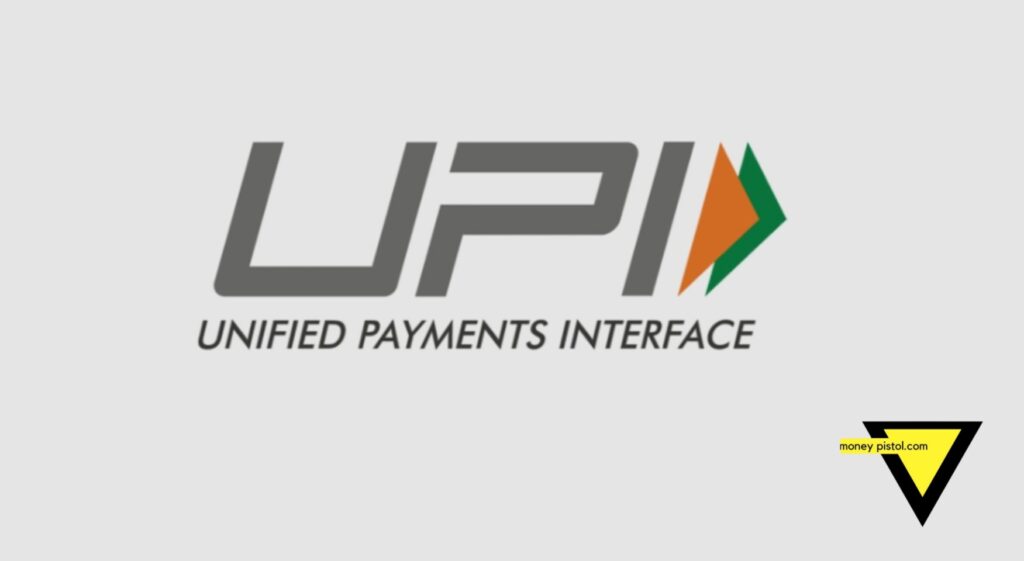
As UPI continues to grow and mature, the behind-the-scenes role of beneficiary banks like YES Bank, HDFC Bank, ICICI Bank, and Axis Bank is becoming increasingly important—shaping not just the flow of money, but also the competitive dynamics of India’s financial sector.
for more news on finance stay connected with us on moneypistol.com


